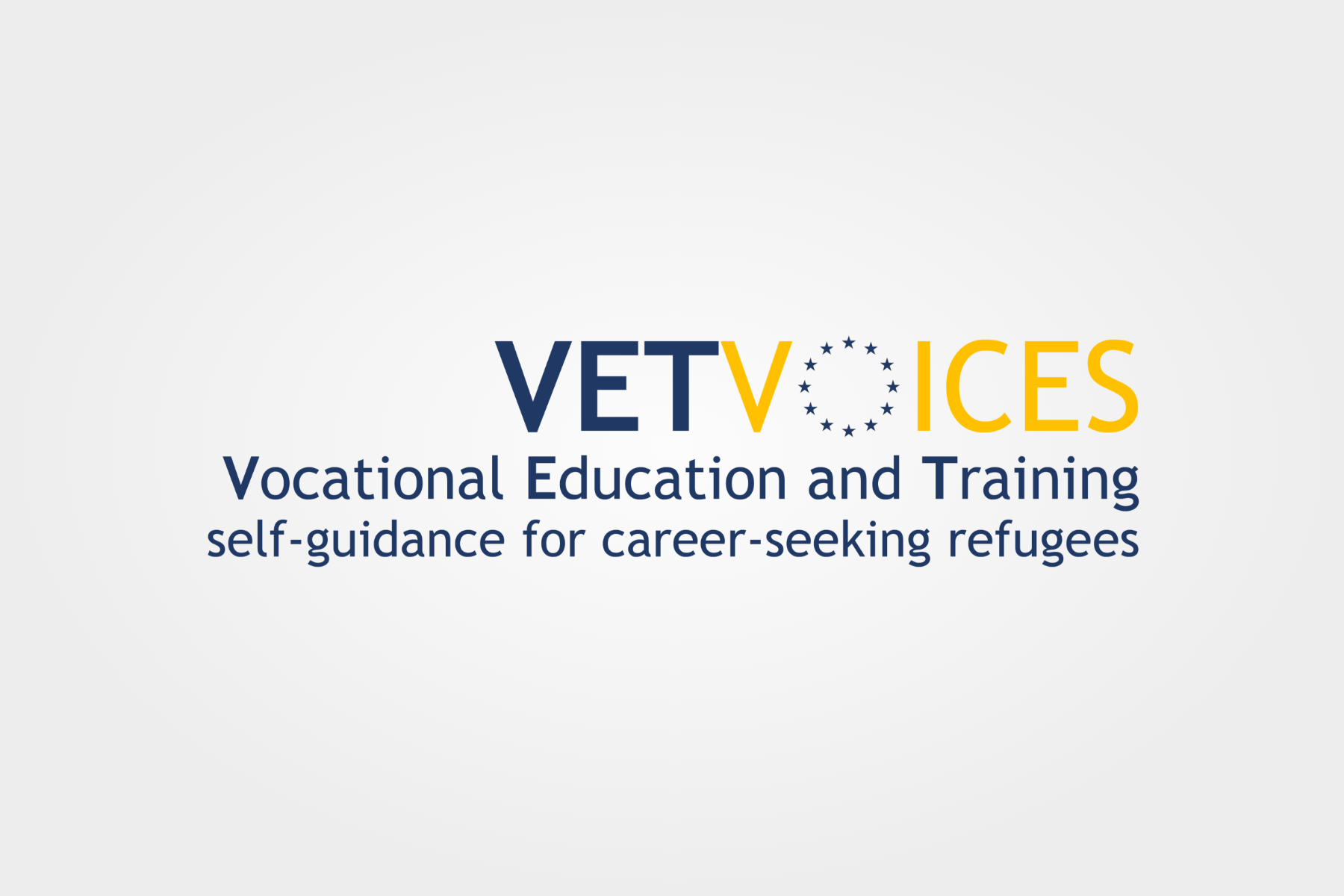
Asylum-seekers and refugees often arrive to Europe with dreams of a better life, but limited information about how to realise their ambitions. In particular, our research with young asylum-seekers suggests that they often lack a basic understanding of vocational education and training (VET) systems in their new countries, as well as personally meaningful representations of promising vocational pathways.
SINUS-Institut took the lead in conceptualizing and creating a progressive web application to guide young asylum-seekers through the initial stages in the career discovery journey. Conceived as a multilingual, user-friendly “foot in the door,” the Vocational Education and Training (VET) Voices app combines an interest self-evaluation, motivational video testimonials, and a networking tool to assist with outreach to VET professionals. Based on a short assessment of users’ interest in learning particular skills, it recommends relevant training and career fields in a matter of seconds using a parsimonious algorithmic methodology based on the ESCO Skill-Occupation Matrix Tables. It then maps career centres near users and links them to videos with young refugees who have successfully navigated vocational training in Germany, Greece, Spain, and Türkiye.
The VET Voices project was funded under the Erasmus+ Strategic Partnerships program (2020-1-DE02-KA202-007545).
An app proof-of-concept was implemented and tested through successful cooperation with four partners in the technology and education fields: Infalia (Greece), Metodo Estudios Consultores (Spain), 21.YY Egitimciler Dernegi (Türkiye), and Volkshochschule im Landkreis Cham (Germany). A range of supplementary materials were also released, including a collection of good practices; data-based guidelines on migration, vocational education, and labour markets; and a comprehensive research report.
The European Commission concluded that “the project enabled [users] to quickly assess their professional interests, find job centers, and view motivational videos […] the pandemic and other challenges were handled with aplomb, and the quality of the activities carried out and their compliance with the project objectives was high. The methodology used proved its worth.”